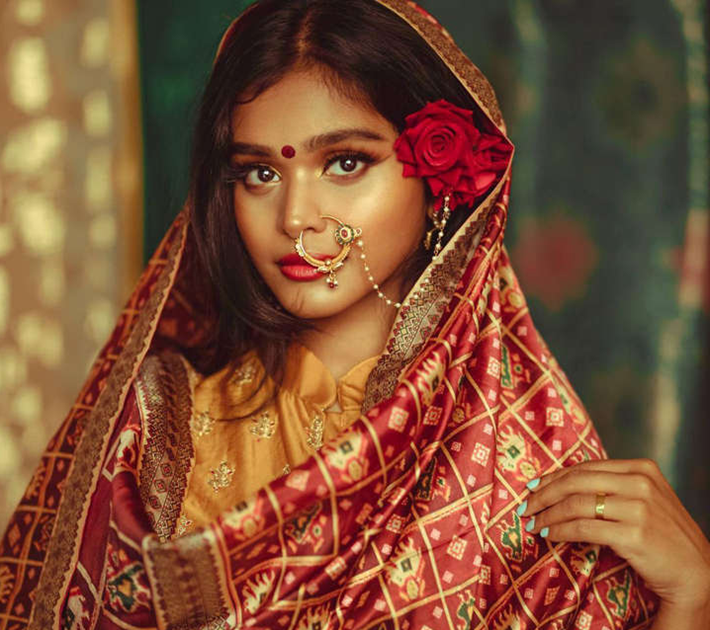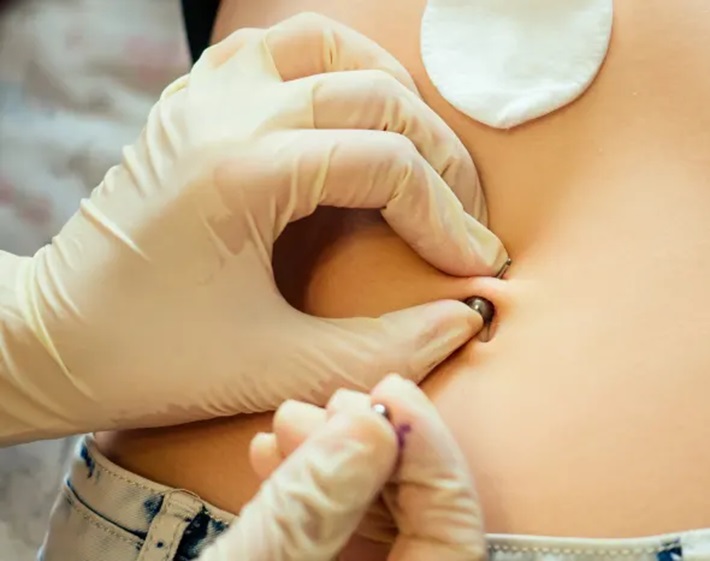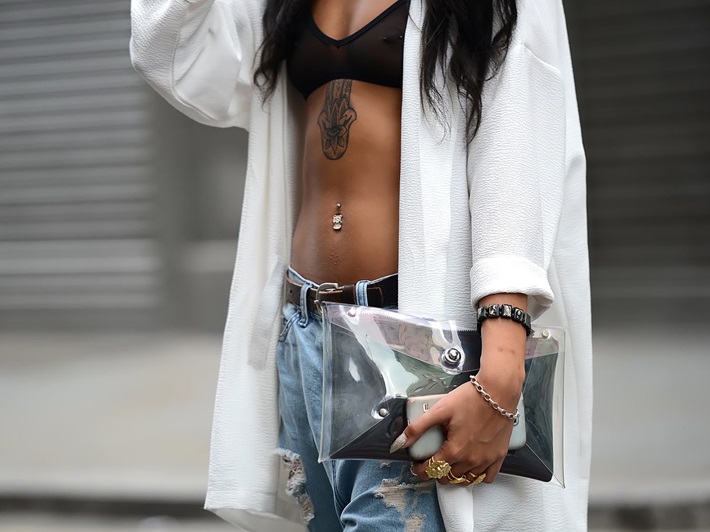Body piercing is a form of self-expression practised for centuries, spanning various cultures and societies. It has evolved into an art form and is considered a mainstream trend in the fashion industry. It’s no longer limited to the traditional earlobe piercing, but it has become a statement piece for many people it’s no longer frowned upon as it used to be and people who have visible piercings aren’t discriminated against, so you’ll see more and more people deciding to get a piercing.
History of Body Piercings

Body piercing has a rich and fascinating history that dates back thousands of years and it’s believed that decorative and expressive body piercings were a ritual or spiritual practice, part of many ancient cultures. Evidence of body jewellery was found in archeological digs from cultures such as the Egyptians, Romans and Greeks. In some cultures piercing was used as a status symbol indicating wealth, social status or even military rank. For example in the Mayan culture, nose piercings were reserved for the ruling class, while in Egypt, a belly button piercing signified godliness and was often worn by pharaohs.
In more recent history, body jewellery has been associated with certain subcultures such as punk and goth, and it was considered a rebellion against mainstream society and as a symbol of non-conformity. Nowadays, it’s a mainstream form of self-expression with a variety of styles and jewellery available for everyone.
Types of Piercings
Because they have become so increasingly popular, it’s only logical to have many forms and types of piercings to choose from. Let’s take a closer look at some of the more sought-after and increasingly popular options:
- Face Piercings – they have become increasingly popular over the years. There are so many types of them such as lip piercings which have many variations like smiley piercing, Monroe, spider-bite and many more. Then, we have nose piercings such as septum and lastly, eyebrow ones.
- Ear Piercings – the most common and traditional way to wear this type of jewellery. In some cultures, it’s not unusual to pierce the ears of babies, usually girls, not long after they are born. Nowadays you can pierce any part of your ear, but the most popular are helix piercing, industrial and tragus.
- Naval piercings have become quite desired and it has increased in popularity. It has also opened the door for many other body piercings such as nipple and genitalia ones.
Materials Matter
Materials are very important when it comes to piercings, so there are good and bad materials. The wrong type of metal can stall the healing process or cause an allergic reaction, therefore it’s crucial to consider your options and choose the one that works best for you.
Surgical steel, titanium and niobium are among the popular choices due to their hypoallergenic properties. Titanium is also very lightweight which makes it very comfortable and it’s a great metal for initial piercings. Even though some metals might seem more elegant and appealing, such as gold and platinum, they aren’t great during the healing process because they can cause allergic reactions, so it’s best to reserve them for healed piercings.
Process of Piercing

This process can be an exciting event, however, it’s vital to choose a piercer whose got a sterile, safe and hygienic space. If the equipment isn’t clean it can lead to infections which can have severe consequences, so it’s best to look up professionals who’ve been in the business for a long time and have recommendations and someone who knows how to deal with anxiety and pain.
Pain
Pain perception can vary from individual to individual, but it’s certain that you will experience some pain degree for a split second as the needle goes through and the jewellery is inserted. It also depends on the place, some piercings can hurt while others won’t, but it’s important for you to be prepared for the pain as well as having a piercer who will guide you through the entire process. But, the question of what is the most painful piercing, still stands, so if we must single one out it would probably be genitalia piercings since it’s the most nerve-dense area in your body.
Aftercare
After the piercing is done, your piercer will give you instructions for aftercare, so that you can ensure proper healing. These instructions may include cleaning the area with saline solution, avoiding certain activities for a period of time, not sleeping on the side on which your piercing is, etc. It’s important to follow these aftercare instructions to prevent infections or any other complications.
Healing
Different types of piercings have varying durations for healing, which can range from a few weeks to multiple months. You’ll have to take extra care of it during the healing process to avoid infections and ensure proper healing. Don’t touch the jewellery and don’t rotate it excessively. Maintain good hygiene practices to facilitate a smooth and trouble-free healing journey.
Style and Design

When the healing is done, the fun begins. There are so many different styles out there that you can wear to express yourself. From nose rings and lip rings to buds to spikes and earrings there are plenty of options. You can find regular coloured rings or earrings with gems in the form of flowers, shells, stars or any other type, depending on what you want. It allows you to show the world your creativity and your sense of fashion. If you have more than one piercing you can coordinate them, making them a canvas for your art. The most important thing is that you enjoy yourself while doing this.
Body piercing transcends time and cultural boundaries and it offers a timeless avenue for self-expression. Expressing your style through body art is a celebration of uniqueness and creativity as well as appreciating the roots of tradition. It is a reflection of your likes and hobbies as well as your individuality. But, if you’re interested in getting one, it is important to know and understand how it works, what types there are and how to take care of it before you embark on this journey, to ensure your safety.



